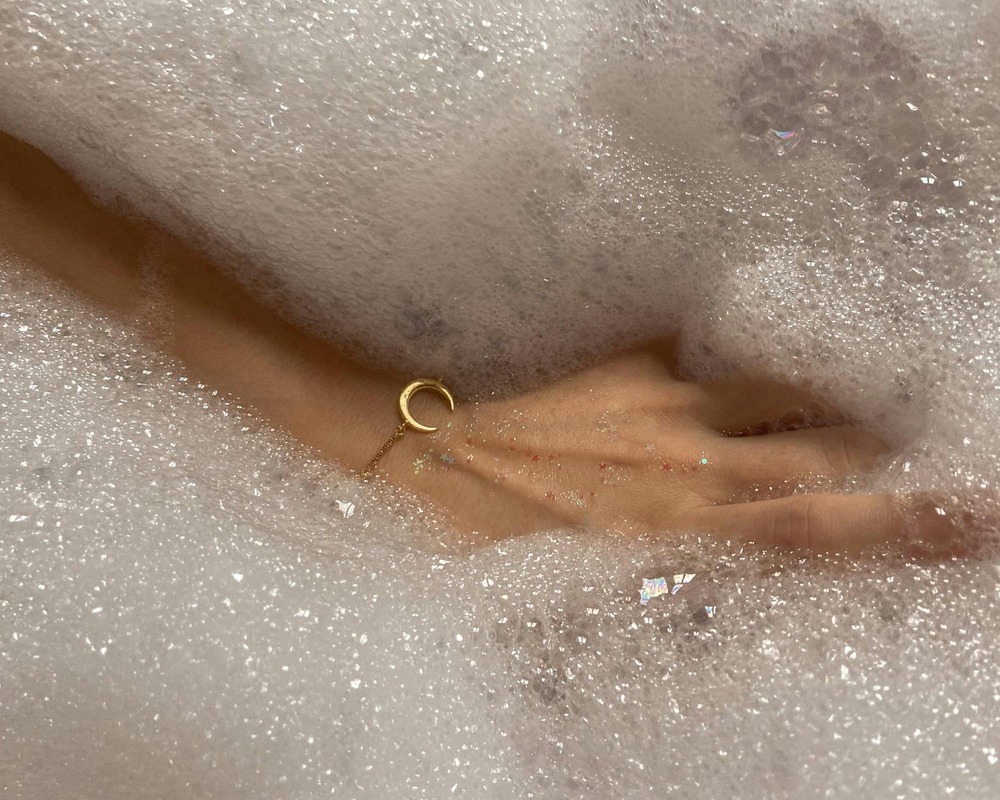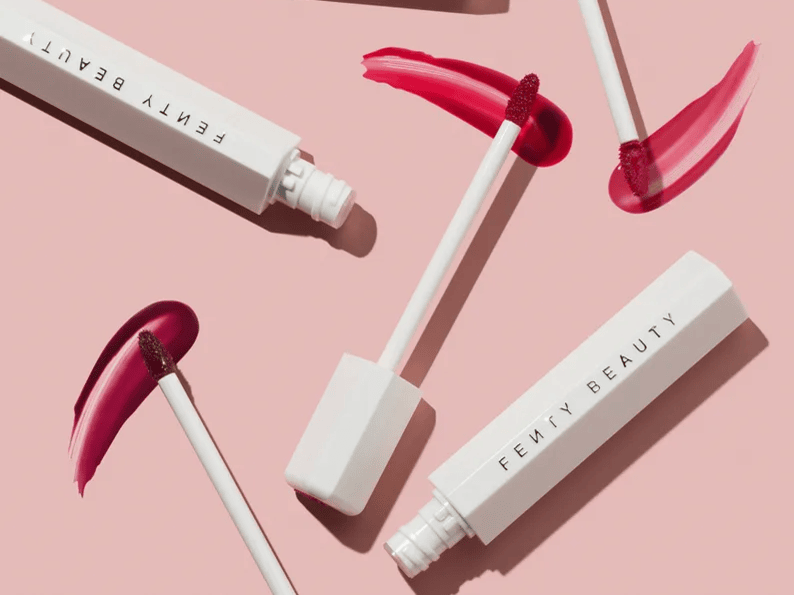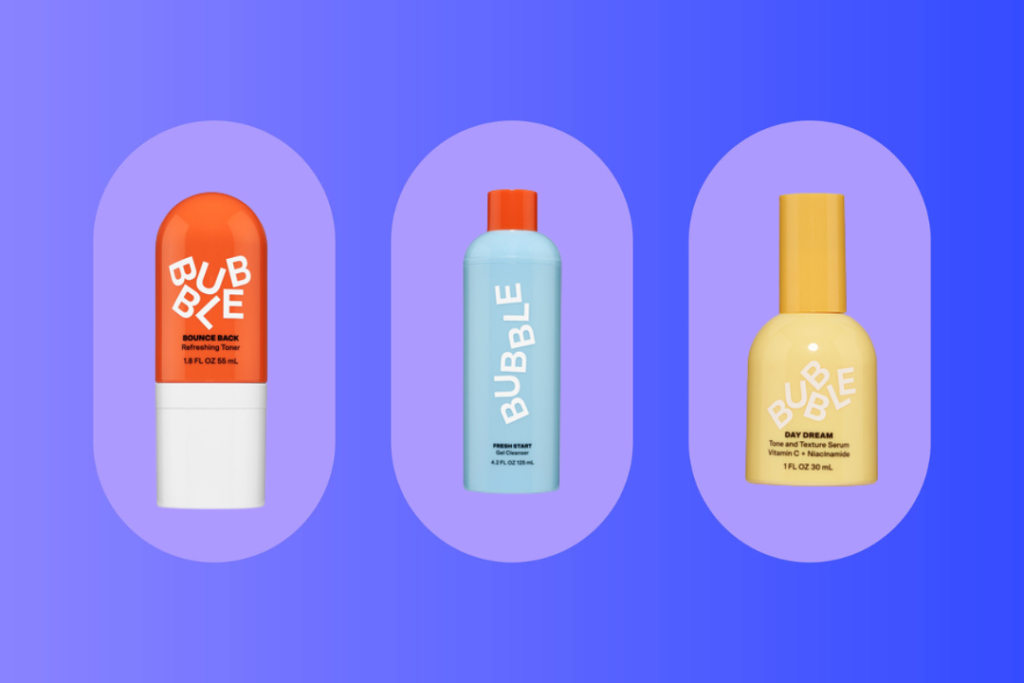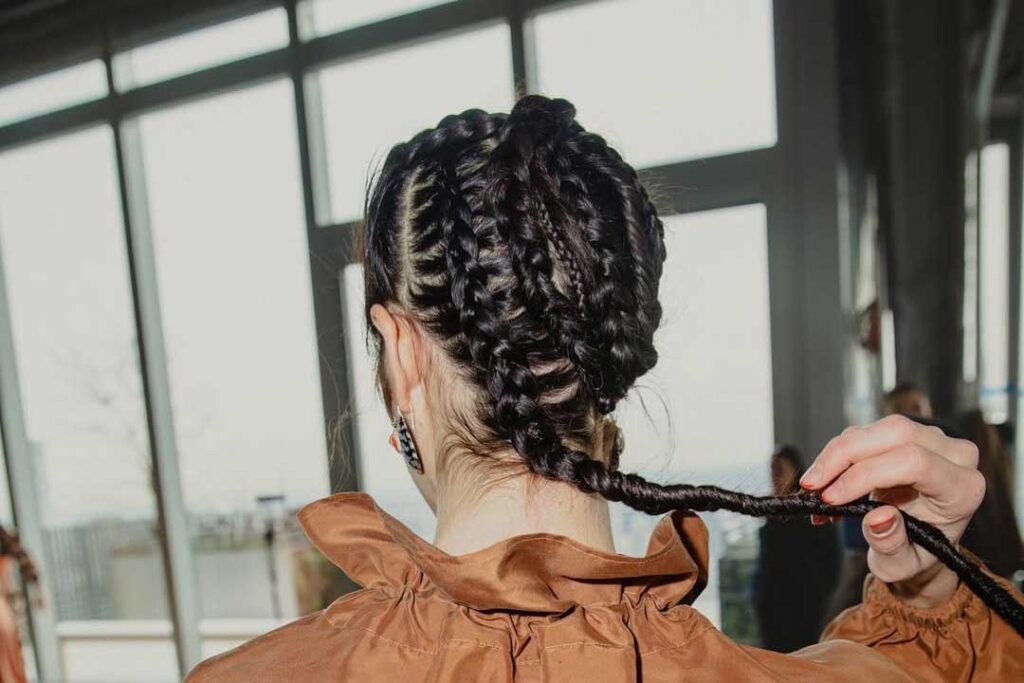For some, the quest for a crease-free forehead is real. Add on some highly defined cheekbones and a cutting edge jawline, and you’ve reached the Mecca a select group thirst for.
In pursuit of the tight and toned, we sat down with skin therapist, Rachel Butler, to talk about the rise of buccal facials. What are they? How do they differ from traditional facials? And can they, really, snatch in all the areas? Here’s our deep dive.
What is a buccal facial?
To put it simply, it’s a facial using fingers inside the mouth for added leverage and access. Butler describes it as an advanced technique that massages both the interior and exterior of the face, especially the buccal region.
“While a traditional facial mainly focuses on the skin, using various techniques to improve its health and address surface-level concerns, a buccal facial goes beyond the surface to target the deeper muscles, structure, and fat pads within the face, as well as the fascia and connective tissue that support facial alignment.”
RELATED: 10 facial bronzing drops that’ll keep you glowing all year long
And it’s with this vigorous multi-faceted approach that the technique works to tone, sculpt, lift and ultimately help to redefine the face.
Further to that, Butler adds that this approach helps to, “enhance the skin’s elasticity and tone but also engages the muscles, fascia, and connective tissue that support the face. By working through these layers, the treatment stimulates circulation and releases tension, too.”
What’s the difference between a traditional facial and a buccal facial?
A standard facial typically focuses on improving skin health and addressing surface-level concerns, rather than the structural integrity of the face. So in essence, they’re quite different.
Butler highlights that buccal facials go beyond surface-level care by targeting the internal muscles and connective tissues. “This approach addresses tension, sagging, and underlying imbalances at the source. Think of it as a muscle workout versus a skin polish for your face.”
Here are the benefits of a buccal facial
Lift and sculpt
By targeting the buccal fat pads and underlying muscles, this technique redefines the cheeks and jawline, restoring youthful structure.
Reduce fine lines
Improved circulation and collagen stimulation can help soften expression lines around the mouth and chin.
Lymphatic drainage
Many clients experience a more refreshed, de-puffed look thanks to the massage’s impact on fluid retention.
Boost collagen and elastin
Deep muscle work and tissue stimulation can encourage collagen and elastin production, promoting firmer, more resilient skin.
Stress relief
Jaw and facial tension accumulate over time, often without us realizing. Buccal massage relieves that tension, offering emotional and physical release.
TMJ support
For those dealing with TMJ issues, buccal work can alleviate muscle tightness and improve jaw mobility, helping reduce pain or discomfort.
Can a buccal facial affect your jawline?
Here’s the million-dollar question: what can this inside-out approach really do for your jawline? It’s all fairly relative. How often are you going? What other lifestyle factors come in to play?
On the whole, yes, it can snatch your jawline. But bear in mind that you’d need to be consistent in your treatment and it isn’t an overnight magic job. Stay the course, though, and you’ll see results.
What are the side effects of a buccal massage?
While generally safe and well-tolerated, a buccal facial is physical manipulation, so don’t expect to lie down for a relaxing topical facial massage, this is a face workout.
You can sometimes come with mild side effects:
- Temporary redness or swelling: Some individuals notice slight redness or puffiness immediately following the treatment, this typically subsides within a few hours.
- Tenderness: Because the Buccal therapist works deep into the jaw and cheek muscles, you may feel some mild tenderness afterward, especially if you had significant muscle tension to begin with.
- Mild tightness: Releasing long-held tension can result in a temporary feeling of tightness, akin to post-workout soreness. It’s a sign the muscles have been engaged and released in new ways.
If you’re worried about any side effects, always see your healthcare professional.
Can’t get to a salon right now? Give yourself a spa-worthy facial at home with these products
Stock up and use them again and again for some at-home TLC.
Women’s Health may earn commission from the links on this page, but we only feature products we believe in.

















